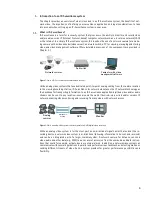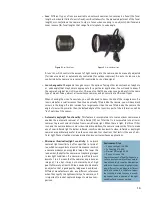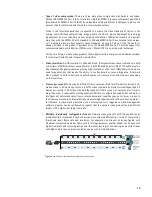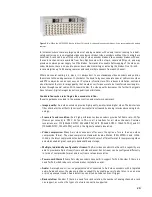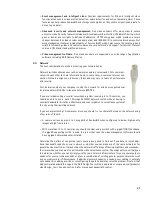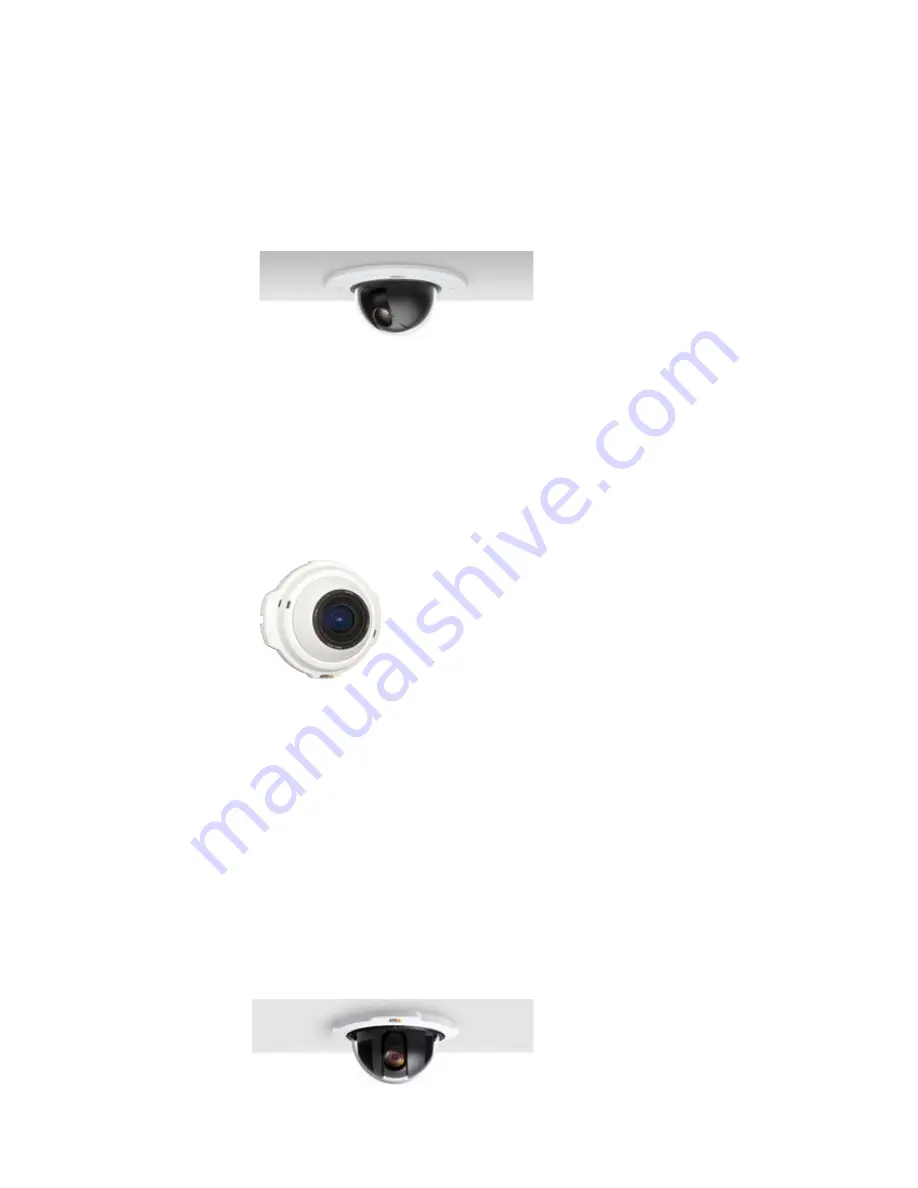
12
A difference between PTZ cameras and PTZ domes is that many PTZ cameras do not have full 360-de-
gree pan due to a mechanical stop that prevents the cameras from making a continuous circular
movement. It means that the camera cannot follow a person walking continuously in a full circle
around the camera. An exception is the AXIS 215 PTZ Network Camera, which thanks to its auto-flip
functionality, can instantly flip the camera head 180 degrees and continue to pan beyond its zero
point. The camera can then continue to follow a passing person or object, regardless of the direction.
Another difference between PTZ cameras and PTZ domes is that PTZ cameras are not made for con-
tinuous automatic operation or so-called ‘guard tours’.
Figure 2.1.g.
AXIS 215 PTZ Network Camera in drop-ceiling mount
A non-mechanical PTZ camera uses a megapixel sensor and a wide-angle lens to enable it to have a view-
ing angle of 100 degrees to 180 degrees (or even wider in same cases). Such a camera allows an operator
to zoom in on any part of a scene without any mechanical movement. The key advantage is that there is
no wear and tear since the camera has no moving parts. Zooming in on a new area of a scene is immedi-
ate. In a traditional PTZ camera, this can take up to 1 second. Since a non-mechanical PTZ camera’s
viewing angle is not visible, it is ideal for discreet installations. To obtain good image quality, pan, tilt and
zoom should be limited. If such a camera has a 3 megapixel sensor, the recommended maximum viewing
angle is 140 degrees with a 3X zoom capability. This type of camera is typically mounted on a wall.
Figure 2.1.h.
AXIS 212 PTZ Network Camera
PTZ dome network cameras
PTZ dome network cameras can cover a wide area by enabling greater flexibility in pan, tilt and zoom
functions. They enable a 360-degree, continuous pan, and a tilt of usually 180 degrees. PTZ dome
cameras are ideal for use in discreet installations due to their design, mounting (particularly in drop-
ceiling mounts as seen in the picture to the right), and difficulty in seeing the camera’s viewing angle
(dome coverings can be clear or smoked). A PTZ dome network camera also provides mechanical ro-
bustness for continuous operation in guard tour mode, whereby the camera continuously moves be-
tween presets. In guard tour mode, one PTZ dome network camera can cover an area where 10 fixed
cameras would be needed. The main drawback is that only one location can be monitored at any
given time, leaving the other nine positions unmonitored. The optical zoom typically ranges between
10X and 35X. A network dome camera is often used in situations where an operator is employed. This
type of camera is usually mounted on a ceiling if used indoors, or on a pole or corner of a building in
outdoor installations. With a PTZ dome network camera, all PTZ control commands are sent over an
IP network, and no RS-485 wires need to be installed, unlike the case with an analog dome camera.
Figure 2.1.i.
AXIS 233D Network Dome Camera in drop-ceiling mount
Summary of Contents for IP-Surveillance system
Page 49: ...49 ...



